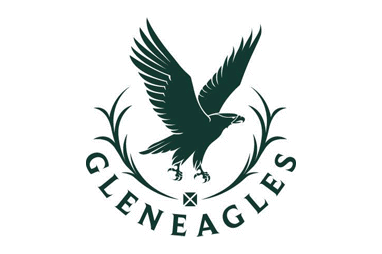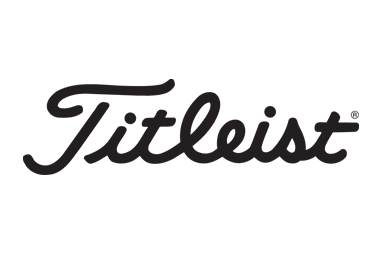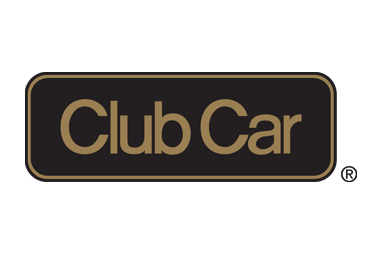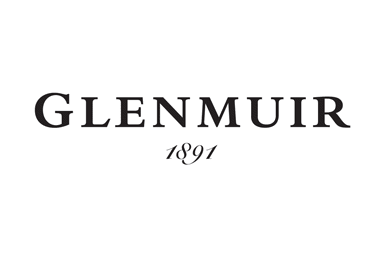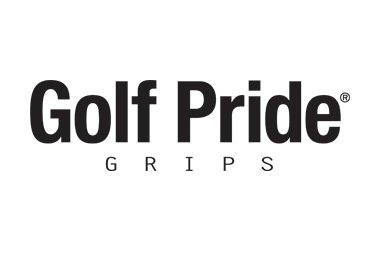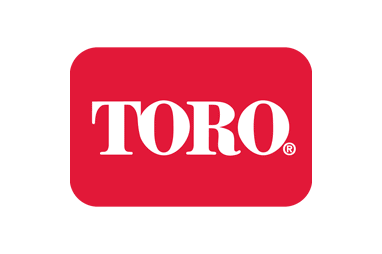PGA celebrates its heritage
03/06/2016

As a former PGA chairman Phil Weaver always had a ready appreciation of its history.
And, at 115 years and counting, it’s a rich history which bears some telling which is exactly what is happening thanks to a unique project at Centenary House.
Armed with hammer, nails and the odd bit of assistance from passing staff, Dr Weaver, OBE, and David Wright, the PGA’s heritage executive, have painstakingly pieced together a themed presentation of the PGA’s history.
Across corridor walls, the boardroom, Heritage Room, small meeting room and even back stairwell, Weaver has lived up to his name and woven a fascinating trip down memory lane, paying homage to the Association and its members.

Ironically, it was a project that began in inauspicious circumstances – a burst pipe in the upstairs kitchen that caused widespread flood damage that necessitated all the existing framed photos and golfing artefacts going into storage.
Following refurbishment, PGA chief executive Sandy Jones entrusted the former Coventry Golf Club head pro with bringing the Association’s past to life utilising the rich selection of memorabilia built up over decades.
 But rather than stick everything back willy-nilly, Dr Weaver (left) harnessed all the memorabilia and developed themes around the building, highlighting the different elements of the Association.
But rather than stick everything back willy-nilly, Dr Weaver (left) harnessed all the memorabilia and developed themes around the building, highlighting the different elements of the Association.
“Sandy was keen to get the photos back on the walls but it quickly evolved to why not let us make various areas a theme,” explained Dr Weaver.
So, as you walk in the foyer and upstairs photos, many of the past captains line the walls - the earliest of which is John Rowe from the early 1920s.
Further up the landing, in what is dubbed the Ryder Gallery where a huge portrait of Samuel Ryder adorns the wall. There is also a silver tag from his golf bag, engraved with the signatures of leading players of the day including Abe Mitchell, Ted Ray and six-time Open Champion Harry Vardon, in appreciation of his kindness and services to the players.
Through the double-doors at the top of the stairs hang pictures of past PGA presidents and Vice Presidents including Sir Guy Bracewell-Smith who incidentally sold The Ritz Hotel in 1976.
“There are some very impressive characters and part of my research is to find out who they were, fill in some narrative about what their connection with the Association and what their story is,” says Dr Weaver.
The Heritage Room is now a Ryder Cup Room with a feast of signed pictures, dinner menus, flags and assorted mementoes from one of sport’s greatest contests.

A photograph from the 1903 International Match between Scotland and England (the Scots won 9-8) begins the meander down the upstairs passageway leading on to pictures of past Ryder Cup teams and officials right through the history of the contest including the 1947 team pictured aboard the Queen Mary – the first staging of the matches since 1937 at Southport & Ainsdale.
Major champions who are members are celebrated en-route to the ground floor with signed flags and photos Graeme McDowell, Padraig Harrington, Darren Clarke and Rory McIlroy.
The ground floor corridor focuses on early PGA tournaments such as a Daily Mail event in 1919 at St Andrews which carried a first prize of £100.
Another is the News of the World Match Play at Royal Mid Surrey in 1940 where winner Sir Henry Cotton is pictured hacking out of some trees.
One of the best photos is from a News of the World tournament at Mid Surrey (it didn’t get its Royal status until 1926) back in 1908 where the 32 finalists included the likes of JH Taylor, Ted Ray, Sandy Herd and Harry Vardon.
Further along the PGA Cup achievements of Great Britain and Ireland are celebrated including a signed sheet from the second ever matches at Pinehurst Country Club in 1974.
Recent national PGA tournament winners also line the corridor while the small meeting room leading off it has become a photographic tribute to past PGA Members who were Open winners.
“I had no idea how many images we had,” admitted Dr Weaver.
“I think what impressed me was the breadth of items and memorabilia and we haven’t even touched yet on trophies and medals and the significance of those.

“What we are trying to do with the boardroom is reflect the administrative side of the Association - its history, its beginning, the important people that forged relationships with it, the royal patronage with King Edward VIII and the Duke of Kent and Queen Elizabeth II who have all kindly given their patronage to the PGA.”
The process has whetted Dr Weaver’s appetite and he is currently busy researching, among others, Sir Miles Fletcher de Montmorency who painted the imposing Abe Mitchell portrait that hangs in the boardroom.
“I’m doing some research on him, when did he paint it, who gave him the commission, how did we get it. I think it came from Ryder family but did Sam commission it?
“It would be interesting to get some narrative with the painting so that will give it some provenance.

“And that is what I’m really interested in, what is the provenance of these articles, what do they mean to us, how did we come by them.
“Long after I have gone, these artefacts and memorabilia need to be passed on to the next generation, so we need to pass on the narrative too. It all belongs to our Association, its members past and present.
“The aim in the future to have a virtual museum so members and visitors can see the images on the web, what we have and a little story behind each item.
“I’ve always had an interest in memorabilia because as past chairman I was, in some small way, part of sanctioning some of the acquisitions we have.
“And our acquisitions principally have always had the understanding anything we buy must have a relevance to the PGA and its members.”
And a personal favourite?
“I’m really taken with Sam Ryder because I find his life story fascinating, he was a very benevolent and kind man. His introduction to golf and his passion and sponsorship of professional golfers came because he loved the camaraderie and sportsmanship professional golfers’ portrayed, the gentlemanly behaviour, the etiquette and in a way he was like that himself.
“I’m very fond of him so any artefact with his name is a favourite.”







